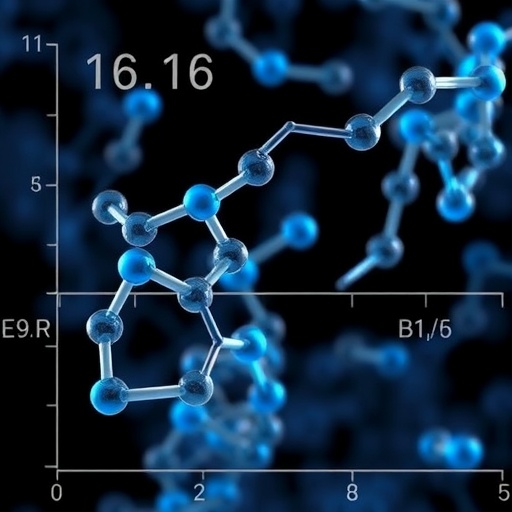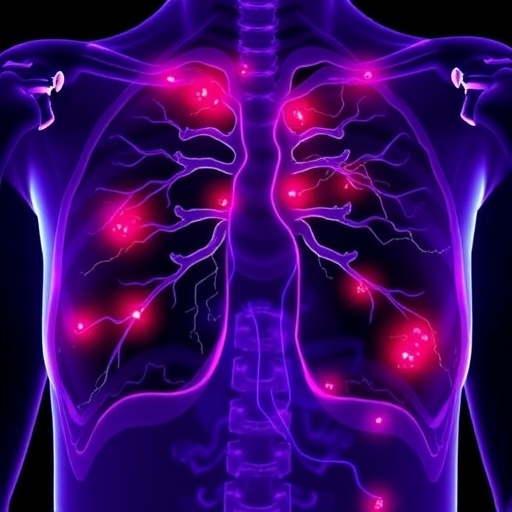Exposure to glyphosate, the primary ingredient in the popular weed killer Roundup, correlates to more severe cases of nonalcoholic fatty liver disease
Glyphosate, the primary ingredient in Monsanto’s popular weed killer Roundup, has been linked to liver disease in animal models. In a new study, the first of its kind, researchers at the University of California San Diego School of Medicine report an association between the herbicide and negative effects upon the human liver.
In a study published in Clinical Gastroenterology and Hepatology, a team led by Paul J. Mills, PhD, professor and chief in the Department of Family Medicine and Public Health at UC San Diego School of Medicine, examined glyphosate excretion in the urine samples of two patient groups — those with a diagnosis of NASH (non-alcoholic steatohepatitis, a type of nonalcoholic fatty liver disease or NAFLD), and those without. The results, they found, were significant: Regardless of age, race, body mass index (BMI), ethnicity or diabetes status, glyphosate residue was significantly higher in patients with NASH than it was in patients with a healthier liver.
The findings, coupled with prior animal studies, said Mills, suggest a link between the use of commercial glyphosate in our food supply, which has increased significantly over the past 25 years, and the prevalence of NAFLD in the United States, which too has been on the rise for two decades.
“There have been a handful of studies, all of which we cited in our paper, where animals either were or weren’t fed Roundup or glyphosate directly, and they all point to the same thing: the development of liver pathology,” said Mills. “So I naturally thought: ‘Well, could it be exposure to this same herbicide that is driving liver disease in the U.S.?'”
The study examined urine samples of 93 patients. Forty-one percent were male; 42 percent were white or Caucasian; 35 percent were Hispanic or Latino. Average BMI was 31.8. Patients were originally recruited as part of a larger study at the UC San Diego NAFLD Research Center conducted between 2012 and 2018. Liver biopsies were used to determine the presence or absence of NAFLD while classifying the subjects by cohort.
Mills plans to next put a group of patients on an all-organic diet and track them over the course of several months, examining how a herbicide-free diet might affect biomarkers of liver disease.
Glyphosate is the most widely used herbicide in the United States; it was developed and patented by agrochemical giant Monsanto in the 1970s and its sales represent approximately 50 percent of the company’s annual revenue.
“The increasing levels [of glyphosate] in people’s urine very much correlates to the consumption of Roundup treated crops into our diet,” said Mills. But while researchers say this study shows a link between herbicide exposure and liver disease in human subjects, Mills said much work remains to be done.
“There are so many synthetic chemicals we are regularly exposed to,” he said. “We measured just one.”
###
Co-authors on the paper include: Cyrielle Caussy, MD, PhD, and Rohit Loomba, MD, both at UC San Diego.
Media Contact
Debra Kamin
[email protected]




